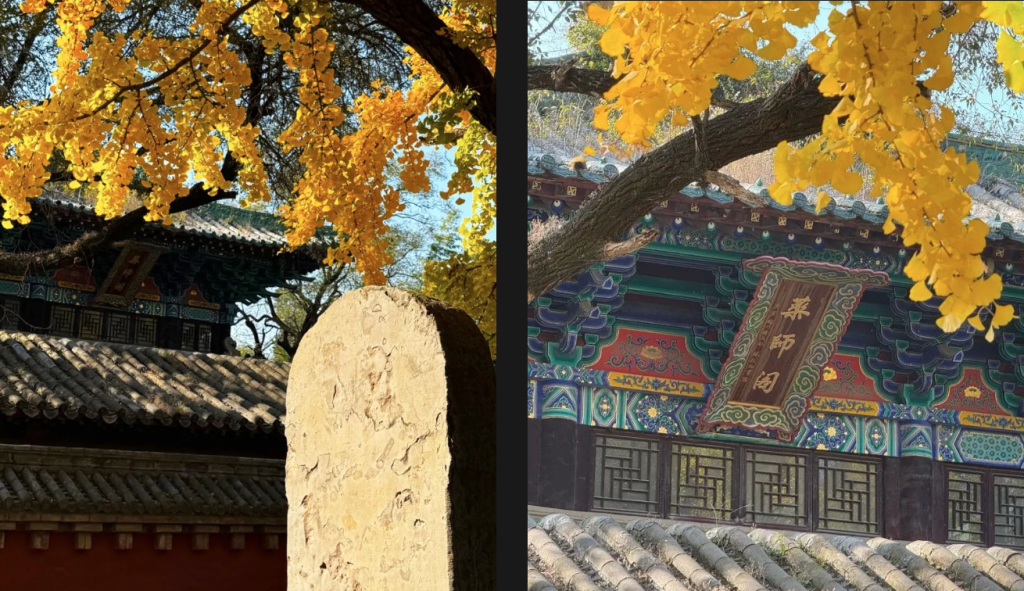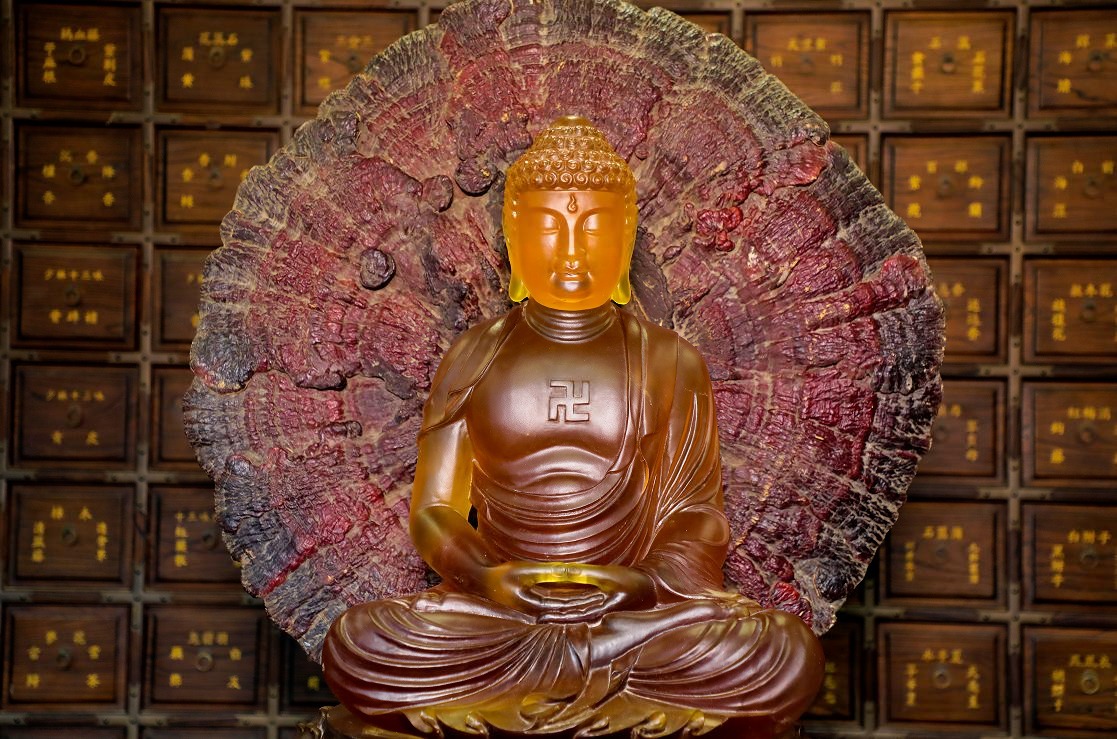
Shaolin Zen Music: The Zen Essence in Sound
Exploring the rhythms and melodies of Shaolin Buddhist music—such as chanting (梵呗), temple bells, and drums—reveals how sound art conveys the wisdom of Zen.
Drawing from The Essence of Art‘s perspective that “art awakens inner experience,” this analysis examines the role of music in Shaolin spiritual practice.
The Sacred Soundscape of Shaolin
Shaolin Temple’s music is not mere performance but a form of meditation in motion. The deep resonance of the temple bell (钟) symbolizes the awakening of consciousness, while the steady beat of the drum (鼓) mirrors the disciplined rhythm of a monk’s breath in seated meditation (Zuo Chan).
Buddhist chanting (梵呗), with its slow, measured cadence, aligns with the natural flow of Prajna (般若, wisdom)—each syllable dissolving mental distractions and guiding practitioners toward inner stillness.
Music as a Vehicle for Zen Wisdom
- Harmony with the Universe
The tonal structure of Shaolin music follows the Five Elements (五行), creating a vibrational harmony between body, mind, and cosmos. The low hum of the wooden fish (木鱼) represents the eternal cycle of Samsara (轮回), while the high-pitched qing (磬, ritual bowl) signifies sudden enlightenment. - Silence Between the Notes
Zen teaches that truth lies in emptiness. Similarly, Shaolin musicians emphasize pauses—moments of silence that mirror the ”gateless gate” (无门关) of Zen. These intervals invite listeners to perceive the formless essence beyond sound. - Ritual and Discipline
The morning and evening chanting ceremonies are not performances but acts of devotion. Monks synchronize their voices in unison, embodying the Zen principle of ”One Mind” (一心)—where individual ego dissolves into collective harmony.
The Role of Music in Shaolin Training
- Martial Arts Integration: The rhythm of drums accompanies Kung Fu practice, teaching students to move with effortless precision (Wu Wei, 无为).
- Healing Vibrations: Shaolin Medicine (少林药局) uses sound therapy, believing specific frequencies restore Qi (气) balance.
- Cultural Transmission: Through global Shaolin Cultural Centers, these sacred sounds bridge East and West, proving Zen transcends language.
Conclusion
Shaolin Zen music is not entertainment but a path to enlightenment. As The Essence of Art suggests, it awakens the dormant Buddha-nature within—where every note, every silence, becomes a mirror reflecting the true self (真我).
Amitabha.



